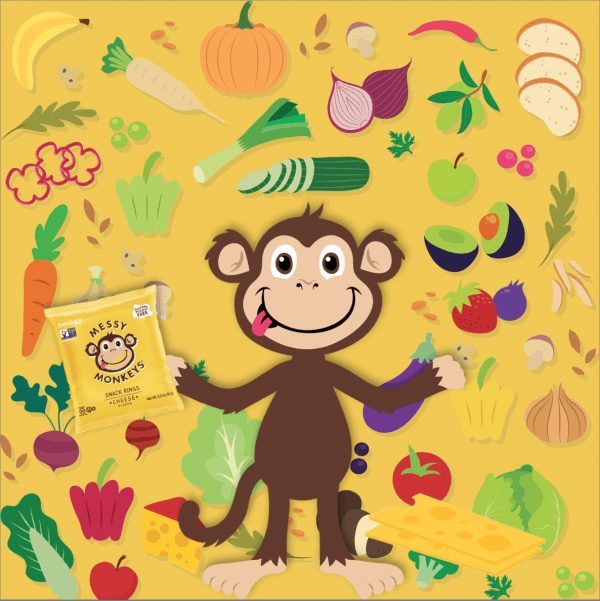
Exploring Foods with your Picky Eater
By Sade Meeks, MS, RD
Does your child refuse vegetables because they would rather have pizza? Are meal times a hassle and sometimes filled with anxiety? Does your child pick over food, but drinks lots of fruit juice? Maybe some of these scenarios sound familiar, or maybe not. Truth is, no picky eater is the same. In fact, a child’s eating behaviors can be influenced by many things, from possible taste, texture, and smell sensitivities to modeled eating habits.
Thankfully, there are an abundance of strategies used to make feeding time more enjoyable. Parts of the strategies involve increased food exposure. Exposure is important because it may teach you that your child is not necessarily a “picky eater”. Registered Dietitian, Emily Fonnesbeck, put it this way, “picky eaters are really just still learning and still exploring foods.” So as they learn, patience is important. Patience is definitely key, considering some children need to experience a new food 7 – 10 times before they will even try it!
Here are 5 tips to lessen feeding time anxiety by increasing your child’s exposure to food.
- Be Creative and Make it Fun: Food is more than just sustenance and nutrition, it can be fun as well. Fun ways to prepare meals include making kabobs, veggie/fruit rainbows, and smiley face pancakes.
- Stick to a Routine: Not only does a snack and meal time routine create structure, but it teaches your child healthy eating habits, and it also make feeding times easier for you. Without a routine, some children may even overeat due to the uncertainty of when the next snack or meal time may be.
- Rule out Food Intolerances: Before offering a food, rule out your child’s likely hood of having a food tolerance. If your child complains of a stomach ache or not feeling well after eating certain foods it may go beyond just having a particular food preference.
- Give Your Child Choices: Choices are important for your child because they are empowering! Also, if they have a hand in meal prepping or cooking, they may be more inclined to consume the meal. For example, if making homemade pizza, let your child choose one of the veggie toppings. Or if prepping lunch, give your child the choice between what fruit to add to the lunch bag.
- Pair the New with the Old: When introducing your child to new foods, pair it with something that’s familiar. This concept of “food-bridging” reduces the child’s anxiety about trying new things and increases exposure. For instance, if it’s your child’s first time trying yogurt, pair it with their favorite fruit!






